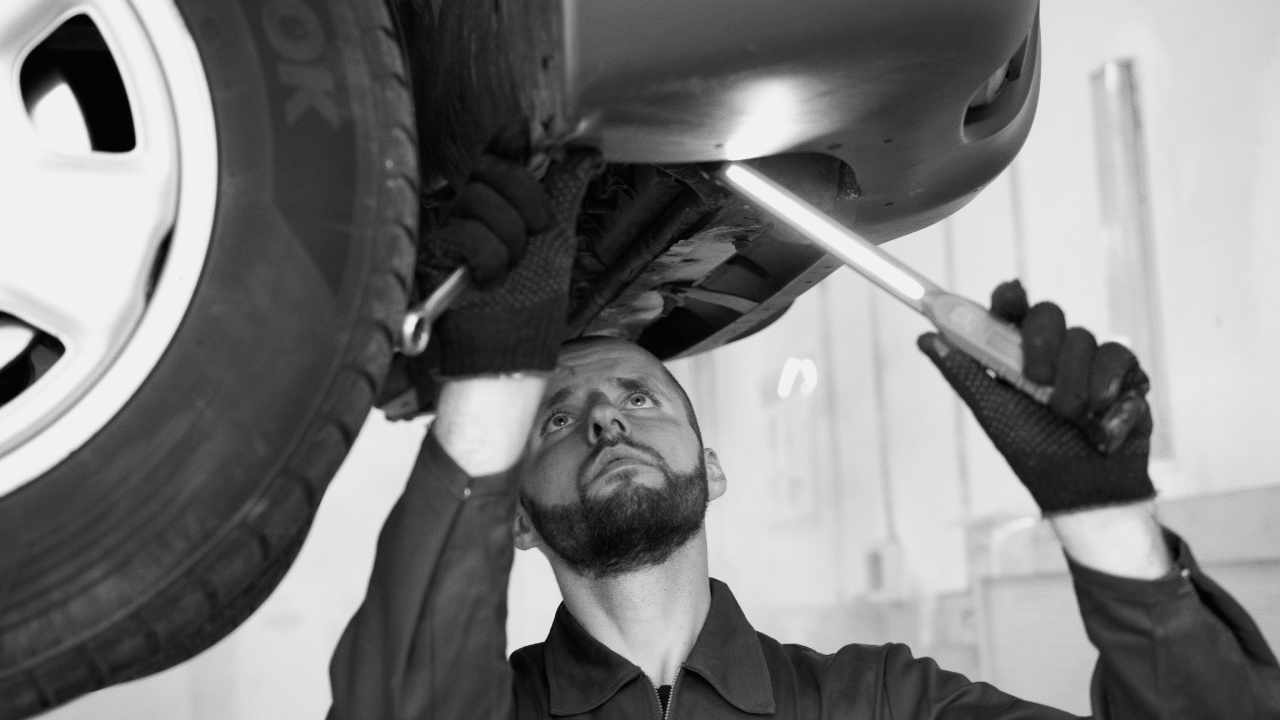Keeping your car in top shape isn’t just about avoiding breakdowns; it’s also about safety, performance, and saving money in the long run. Whether you’re a seasoned DIY enthusiast or completely new to car maintenance, understanding the basics can make a big difference.
This guide covers essential checks, seasonal tips, and advanced maintenance advice to help you extend your vehicle’s life and keep it running smoothly. Let’s dive into what every car owner needs to know!
Essential Maintenance Checks
Oil and Filter Changes
Regular oil and filter changes are the lifeblood of vehicle maintenance. Oil lubricates the engine’s moving parts, prevents overheating, and keeps your car running efficiently. Over time, oil can become dirty, losing its effectiveness.
- How often? Typically every 5,000 to 7,500 miles for most vehicles, though some modern cars can stretch to 10,000 miles. Check your owner’s manual for specifics.
- DIY tips: You’ll need a wrench, a drain pan, and the correct oil and filter. Always ensure the engine is cool before starting.
Changing your oil on schedule not only boosts engine efficiency but also prevents costly wear and tear.
Tire Maintenance
Healthy tires improve fuel economy, enhance safety, and ensure better handling.
- Check tire pressure: Use a gauge to ensure your pressure matches the recommendation in your owner’s manual. Underinflated tires wear out faster and reduce gas mileage.
- Monitor tread wear: Use the penny test—insert a penny into the tread with Lincoln’s head down. If you can see the top of his head, it’s time to replace your tires.
- Rotate regularly: Rotating your tires every 5,000 to 7,000 miles promotes even wear and extends their life.
Properly maintained tires aren’t just about saving money—they could save your life.
Battery Care
A well-maintained battery ensures your car starts every time you turn the key.
- Lifespan: Most car batteries last three to five years.
- Key signs of failure: Slow engine cranking, dim lights, or a bloated battery case are red flags.
- Maintenance tips: Check for corrosion around the terminals and clean them using a mixture of baking soda and water.
Keeping your battery in check can prevent the frustration of being stranded due to a dead battery.
Under the Hood Maintenance
Coolant and Radiator Checks
Coolant prevents the engine from overheating, especially during extreme temperatures.
- Check levels: Regularly inspect your coolant reservoir and refill if it’s low.
- Flush the system: Perform a coolant flush every two years or as recommended by your owner’s manual to remove debris that could clog your radiator.
Consistent coolant levels and a clean radiator keep your engine running at its best.
Brake System Inspection and Maintenance
Your brakes are crucial for your safety. Regular inspection ensures they remain in top condition.
- Signs of wear: Listen for squealing or grinding sounds, or notice if your car takes longer to stop.
- Fluid checks: Ensure your brake fluid is topped off and free of contaminants. Brake fluid absorbs moisture over time, so replace it every two to three years.
Staying proactive with your brake system is a must for your safety and your passengers’.
Exterior and Interior Care
Cleaning and Waxing for Paint Protection
Protect your vehicle’s exterior from dirt, grime, and UV rays with regular cleaning and waxing.
- Wash regularly: Use a car-safe soap and soft sponge to avoid scratches.
- Wax every few months: Waxing creates a protective barrier against environmental damage and gives your car a showroom-ready shine.
Upholstery and Interior Cleaning
The inside of your car matters just as much as the outside.
- Vacuum often: Remove dirt, crumbs, and debris to prevent wear.
- Spot clean upholstery: Use fabric or leather cleaner to address spills before they stain.
- Dashboard care: Dust and wipe down surfaces with a microfiber cloth to keep them looking fresh.
A clean interior not only boosts resale value but also ensures a more enjoyable ride.
Seasonal Maintenance
Preparing for Winter
Cold weather can take a toll on your vehicle.
- Visibility: Replace wiper blades and ensure your windshield washer fluid is rated for freezing temperatures.
- Battery check: Cold weather weakens batteries, so test yours before temperatures drop.
- Improved traction: Switch to winter tires or ensure your all-season tires are ready for snowy conditions.
Getting Ready for Summer
Hot weather can be equally taxing on your car.
- Cooling system: Ensure your coolant is up to the task of keeping your engine cool.
- Air conditioning: Test your A/C to avoid sweltering summer drives.
- Tires and fluid checks: Heat can affect tire pressure and accelerate fluid degradation.
Seasonal prep helps your car perform at its best, regardless of climate.
Advanced Maintenance Tips
Understanding Vehicle Warning Signs
Modern vehicles have built-in systems to alert you to potential issues.
- Check engine light: This might indicate anything from a loose gas cap to a serious engine issue. Don’t ignore it!
- Unusual sounds: Knocking, ticking, or squealing often signal trouble. Listen to your car—it’s talking to you.
Addressing issues early can save you time and money later.
When to Seek Professional Help
Some tasks are best left to the experts. Regular professional check-ups help identify hidden problems before they escalate. A trusted mechanic can also provide insights and maintenance recommendations tailored to your vehicle.
Drive Smarter, Not Harder
Taking care of your car doesn’t have to be overwhelming. By following these essential maintenance tips, you can extend your vehicle’s life, improve its performance, and enhance your safety.
Start small—whether it’s checking your tire pressure or scheduling a routine oil change—and build from there. Your car (and wallet) will thank you for it.
Got a favorite maintenance tip or success story? Share it in the comments below, and don’t forget to pass this guide along to your fellow car enthusiasts!


